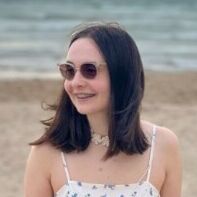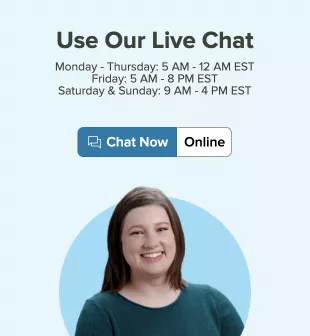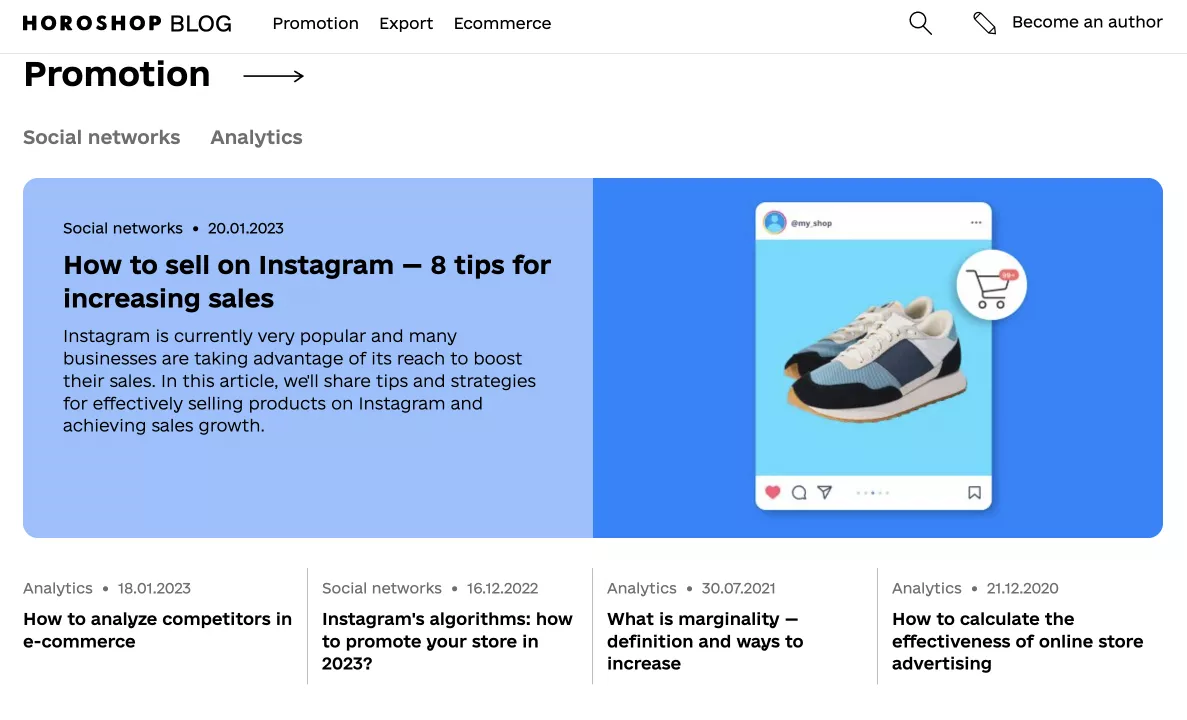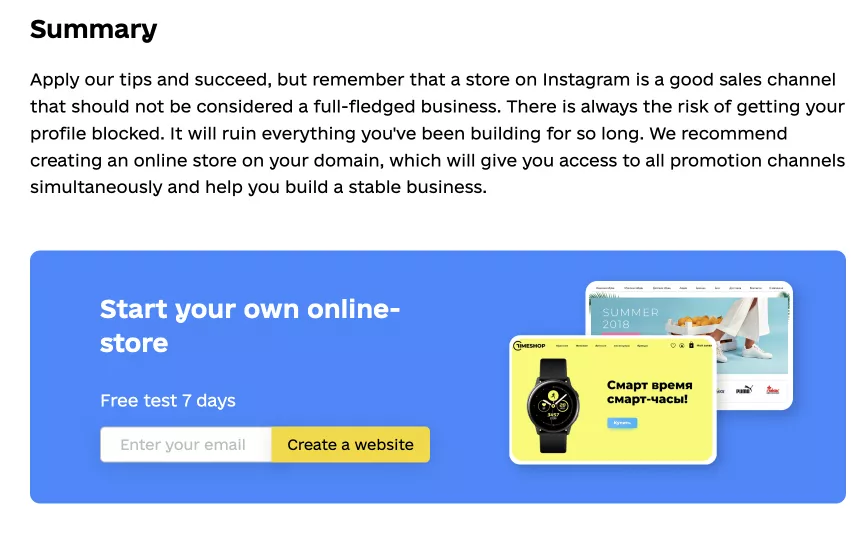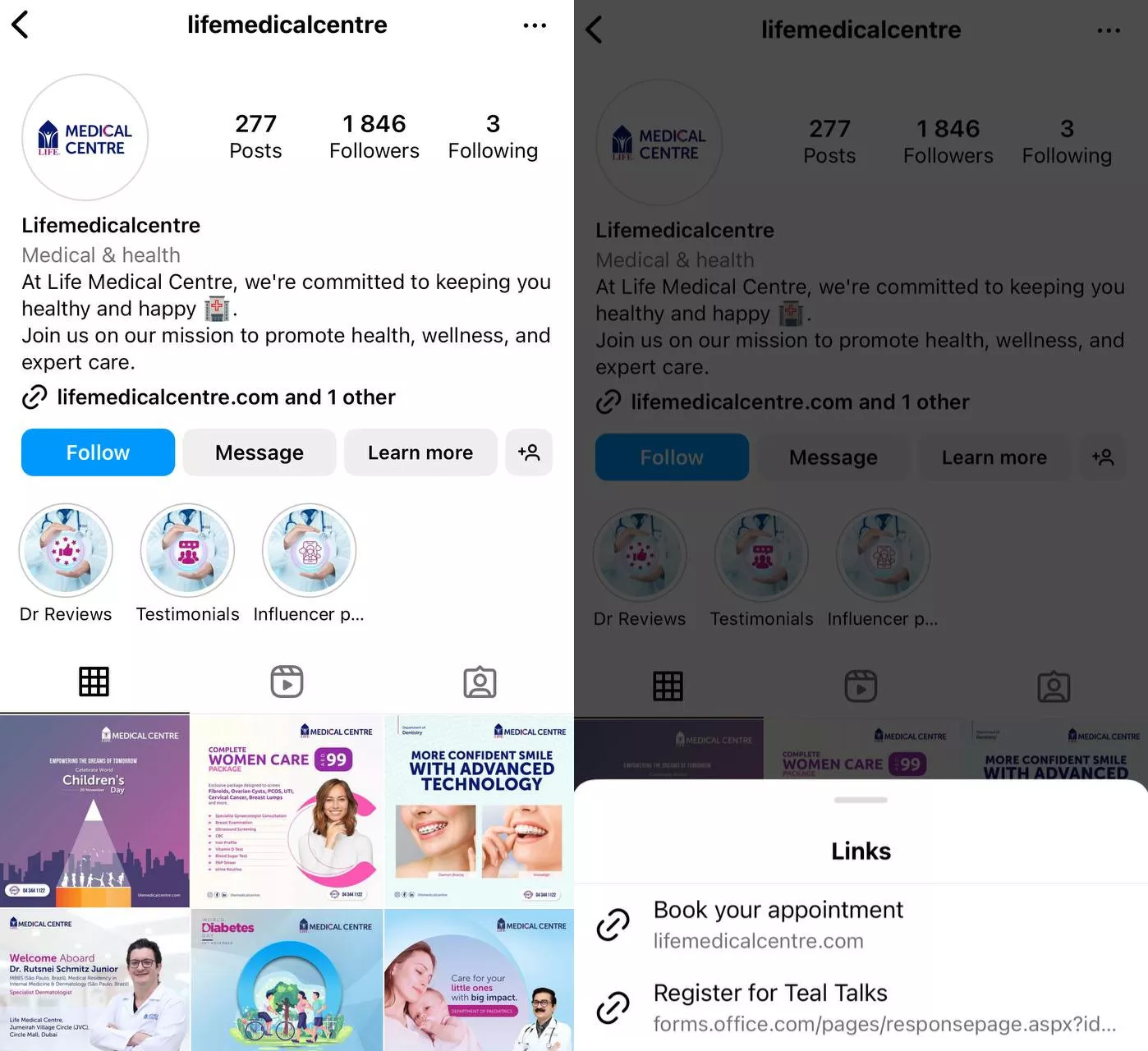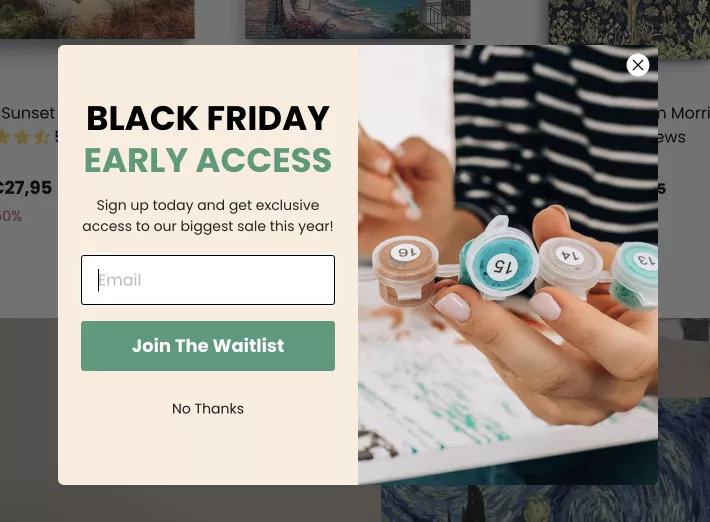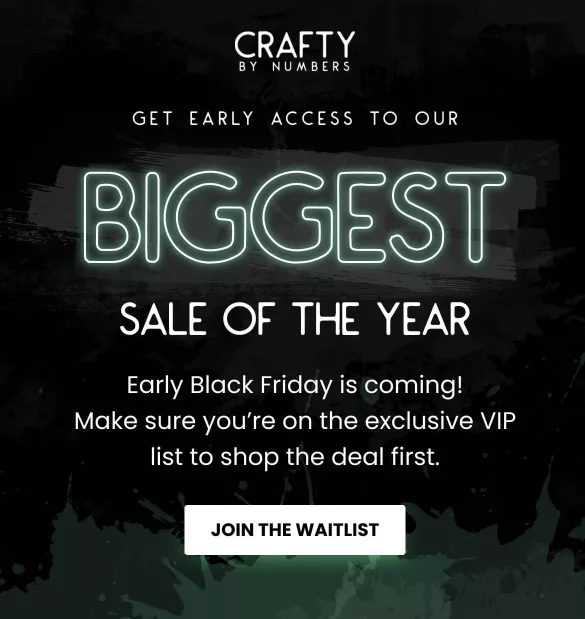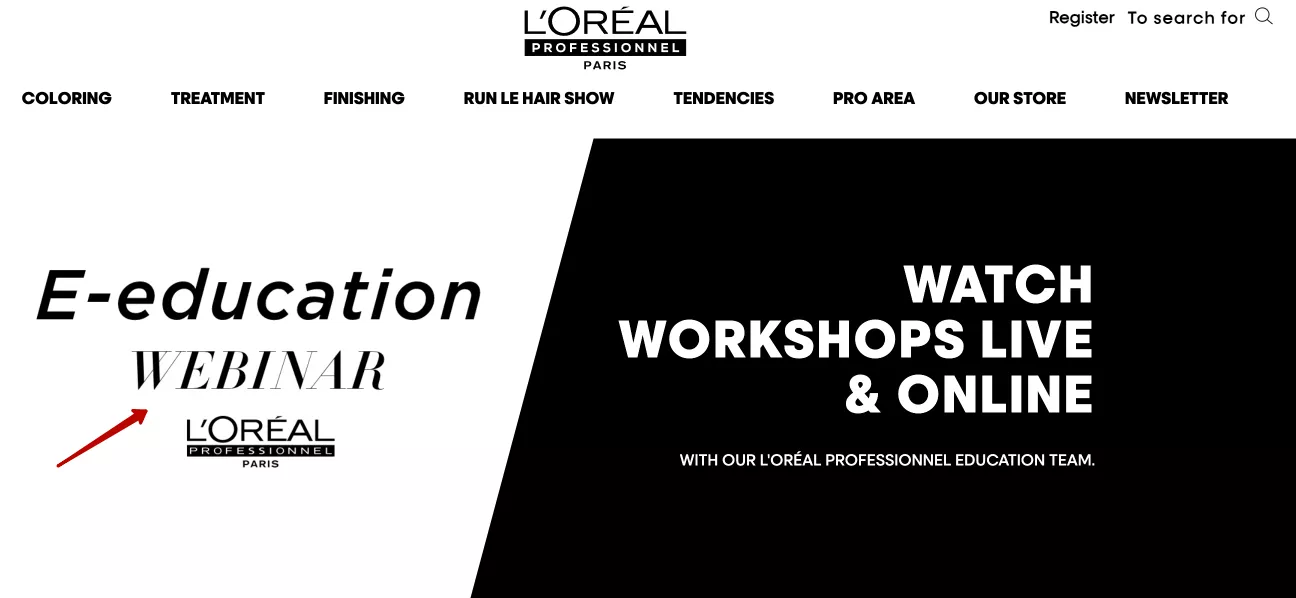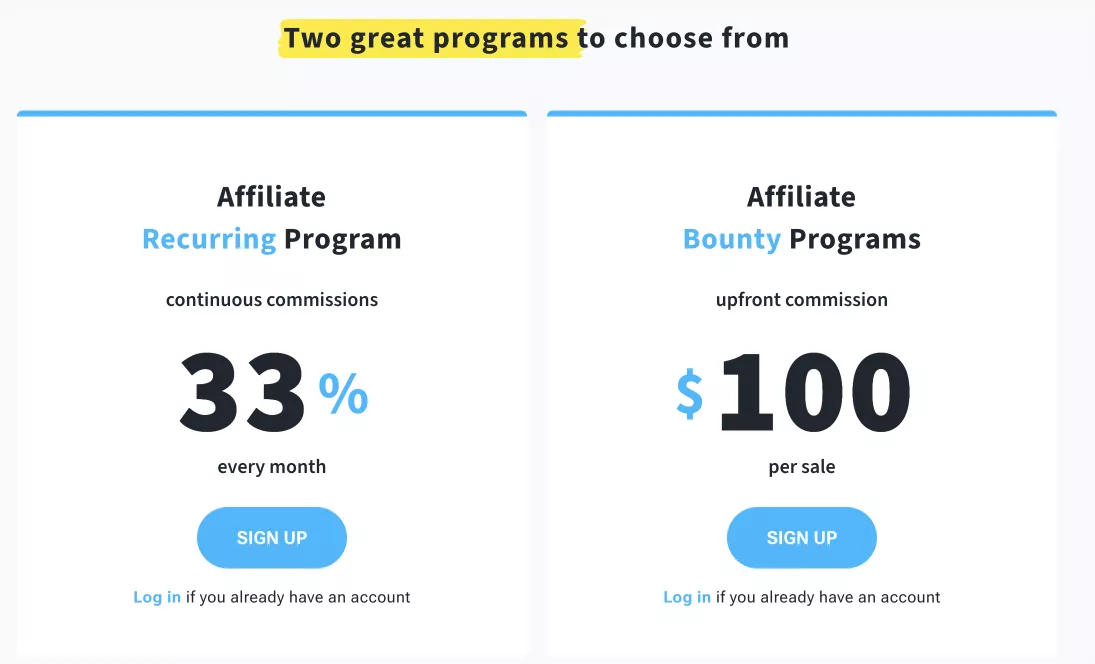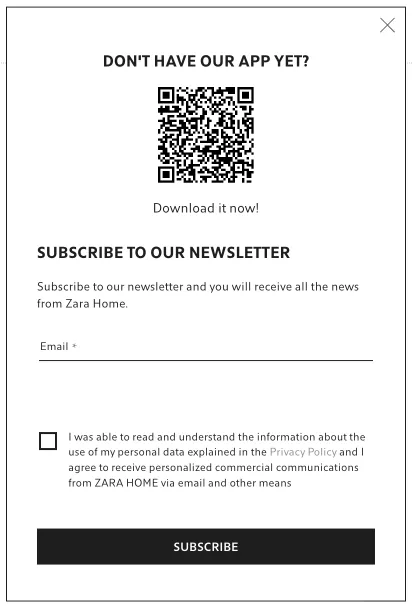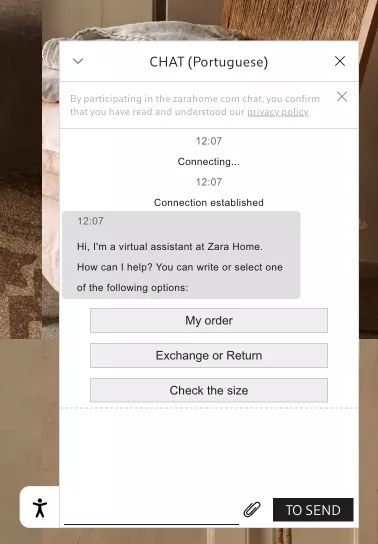Lead generation, which is the process of attracting future customers, is something every company has to deal with at some point. To initiate customer interest in their products, brands need to be creative with their content, emails, social media posts, and other marketing channels.
In this article, I will explain why lead generation is needed, how leads can be classified, and what methods you can use to obtain leads.
What is lead generation?
Lead generation is the process of generating consumer interest in a product by collecting their contact information (the so-called "lead").
- According to HubSpot, 50% of marketers prioritize lead generation in their marketing campaigns.
- Parse.ly found that 76% of marketers use content to generate leads.
- According to the Social Media Examiner, 68% of marketers believe social media has helped them generate more leads.
- A Statista report mentions that 80% of B2B companies generate high-quality leads through LinkedIn. The social network offers features that simplify lead generation, such as Lead Gen Forms.
- Furthermore, 39.5% of marketers said that access to more accurate data improves their lead-generation efforts (Ruler Analytics).
Why do businesses need lead generation?
Through lead generation, businesses can identify potential customers, interact with them effectively, and ultimately increase sales. Let’s take a closer look at its main advantages.
- Find quality leads. Lead generation allows you to target specific consumers who respond to advertising campaigns and decide to interact with the brand. The company receives leads that are relevant to the business.
- Increase brand awareness. Online lead generation campaigns help customers think of your brand when they need to purchase.
- Reduce the cost of advertising campaigns. Businesses can control advertising costs by focusing on lead generation.
- Save the sales manager’s time. The search for potential customers is done through online lead generation instead of the sales team. The sales team can then spend more time working with leads and converting them into customers.
- Track results and measure efficiency. It is possible to track the results of online lead-generation campaigns. This data helps to analyze the situation and optimize the campaigns.
- Build a loyal customer base. You will create reliable relationships with potential customers by systematically communicating and interacting with leads before they become customers.
What is the difference between lead generation for B2B and B2C?
While these two types of businesses have a lot in common, there are significant differences in lead generation.
B2B
B2B is "business to business," where a company sells its products and services to other companies.
- B2B typically has a long and complex sales cycle that involves several stages of vetting, negotiations, and approvals.
- The purchase decision is made by several stakeholders or a committee after considering several factors.
- Effective communication channels with customers include email, webinars, exhibitions, conferences, and B2B-specific platforms like LinkedIn.
- Products and services are more expensive and often require an individualized approach to the client.
- The purchase decision is based on logic, as the buyer focuses on ROI, cost, and other business metrics.
- Customer relationships should be long-term partnerships. After-sales support and service play a crucial role.
B2C
B2C stands for "business to customer." It usually refers to individual customers.
- The sales cycle is typically shorter, and purchase decisions are made faster than in B2B.
- The purchase decision is usually made by one person based on personal needs and desires.
- Social networks, online advertising, email, and other mass-market channels are the most effective advertising platforms.
- The purchase decision process is centered on emotional impact, branding, and brand interaction with the consumer.
- Products and services are cheaper and standardized, so the purchase cost is lower.
- While brand loyalty is important, customer relationships are often less personal, and most sales are one-off purchases.
For both types of businesses, it's essential to understand your target audience and use appropriate lead-generation methods to achieve the best results.
Leads and their classification
Leads are information about individuals or organizations that have expressed interest in a product or service. They can be classified according to the degree of user readiness to buy and the source of their generation.
By the degree of readiness to buy
- Cold leads. These people may be interested in a product or service but have yet to show active interest. It usually takes more time and effort to convert them.
- Warm leads. These people have shown some interest in the brand. For example, they may have subscribed to a newsletter, downloaded free material, or contacted the company using a form on the website.
- Hot leads. These people are already familiar with the company's product or service, are interested in buying it, and are only looking for additional information. These are targeted contacts who are close to making a purchase.
By source of lead generation
- Organic leads come to the website through organic search, i.e., without advertising campaigns.
- Advertising leads are obtained through paid advertising campaigns, such as Google Ads and Facebook Ads.
- Referral leads come to your business through recommendations from customers or partners.
Lead classification allows companies to target the sales process, optimize marketing strategies, and increase the chances of successful lead conversion.
Lead generation methods
The methods and techniques for generating leads may differ depending on the industry, target audience, and company resources.
SEO (organic search)
According to Marketing Charts, 59% of B2B and 49% of B2C marketers trust SEO as a lead generation method. By optimizing a website for search engines, pages with products and services are more likely to be displayed at the beginning of search results. The site will then receive a steady stream of organic traffic, which will include potential customers.
For example, if a bakery owner wants to buy equipment, they will go to Google, enter "buy equipment for a bakery," and most likely start researching offers from the first website listed in the search results.

When this bakery owner visits the website, there should be a way for them to ask questions about the products that interest them; this is especially important because kitchen equipment includes expensive and specific products. Ideally, the site visitor will then click the “Help Center” button and see the block with the Live Chat option. After that, it's up to the sales managers.
Content marketing
According to the Content Marketing Institute, 85% of B2B marketers use content to generate leads; this figure is 60% among B2C marketers. Creating and distributing valuable content (articles, videos, infographics, etc.) will engage your target audience. Therefore, it's worth understanding what type of content potential customers respond to and how to attract their attention most effectively.
For example, the online store platform Horoshop has created a blog with articles about product updates, marketing, and e-commerce
When users open the article "How to Sell on Instagram — 8 Tips for Increasing Sales," they will see a block offering to test the product's features for free for seven days and a "Create a website" button. This feature will turn a site visitor into a lead.
Social networks
Social media enables you to find people interested in your products or services and keep in touch with them by informing them of news and special offers. By having a strong brand presence on social media platforms like Facebook, LinkedIn, Twitter, and Instagram, you can generate leads through advertising campaigns or by posting and interacting with followers.
Lead generation on social media consists of two stages.
- Lead development. This is the process of encouraging potential customers to subscribe to a page and building relationships with them.
- Lead conversion. In this stage of social media sales, subscribers go to the website to learn more about the product or buy it immediately. At this stage, it is essential to encourage potential customers to share their contact information.
For example, the Life Medical Center has an Instagram page where medical specialists post helpful information. Instagram users subscribe to it to get free advice, and when they have a more serious situation, they turn to the center for help from specialists because they trust their expertise. Users can find a link to the website in the profile description, and when they click on it, they’ll have the opportunity to book an appointment
Email marketing
Email lead generation involves collecting information about potential customers through newsletter subscription forms. This is usually a full name and email address. This information will be stored in the email marketing database and can be used to send subscribers content that will eventually turn them into paying customers.
For example, the website of the Crafty by Numbers brand has a pop-up with a sign-up form for customers to share their name and email address.
After receiving this data, the brand sends subscribers emails encouraging them to make purchases.
Paid advertising
Paid advertising is a powerful tool for businesses looking to reach a large audience and generate leads quickly. Google Ads, Facebook Ads, and other advertising platforms allow you to target specific demographics and interests to reach audiences that are interested in your product or service.
For example, this Instagram user used to be interested in advent calendars. The Beautiful Earth Boutique uses Instagram's advertising tools to show them an ad for this product on Instagram Stories.
There is a "More" button below the ad, which opens a template with a brief description of the product and a “Shop Now” button.
Webinars
Online events like webinars will attract a target audience interested in the company's activities. A study by the Content Marketing Institute found that 58% of B2B marketers use webinars as a promotional tool. And for good reason, because according to Webinar Care, 73% of B2B webinar attendees become leads.
For example, the beauty brand L’Oreal launched an educational webinar on using cosmetics. Every person who registers is interested in the product, so they are potential company customers.
To access the webinar, they need to leave their contact information, which means they add to the list of leads.
Referral programs
Customers should be encouraged to recommend the company to their friends. According to Signpost, 92% of consumers trust recommendations from people they know personally. The power of word of mouth is undeniable; you should use it to attract a new pool of potential customers.
For example, the email marketing and automation brand GetResponse has two types of affiliate programs:
- Affiliate Recurring Program with continuous commissions of 33% every month.
- Affiliate Bounty Programs with an upfront commission of $100 per sale.
They have an exclusive Affiliate Marketing platform with tools, content, and selling guides for partners to create successful affiliate campaigns.
How to choose a channel for lead generation
Choosing the right channel for lead generation requires a strategic approach and a deep understanding of the target audience, business, and industry. Here are a few steps to help you determine the best channel.
- Analyze your target audience. Find out how potential customers spend their time online: which platforms, websites, and social networks they visit, and what channels they use to find information, products, or services.
- Evaluate your current channels. Identify which of your current channels have generated the most leads. Estimate the cost per lead for each channel. Consider the quality of your current leads and what percentage of them turn into real customers.
- Determine the budget. How big is the budget for lead generation? Which channels can provide the desired ROI for the available resources?
- Test and optimize. Run short-term campaigns in different channels to determine their effectiveness. Analyze the results, conduct A/B testing, and adjust campaigns.
- Consider the competition. Find out what channels your competitors are using. Are there channels they ignore that could be useful for you?
- Play the long game. Some channels may provide quick results but are ineffective in the long run. Write down your company's strategic long-term goals and determine the marketing channels that will help you achieve them.
The right channel for one business is ineffective for another. It all depends on the specifics of the service or product, the target audience, and the market.
The importance of cold lead generation for B2B businesses
Cold lead generation is attracting the attention of potential customers who have not previously interacted with a brand or company but the company has their email addresses or phone numbers. With a well-thought-out strategy, cold leads can be turned into customers. Here are some arguments in favor of cold lead generation for B2B businesses.
- Access to new markets. Cold lead generation allows companies to learn about new markets, customer segments, or industries where their product or service will be useful.
- A constant flow of new leads. Even if a company already has a loyal customer base, having a regular stream of new leads for steady business growth is always useful.
- Higher sales volume. With the attraction of new leads, the likelihood of increased sales increases, which, in turn, increases the company's overall revenue.
- Product/service improvement. Companies can improve their products or services by receiving direct feedback from potential customers.
There are two main ways to generate cold leads. The choice depends on the specifics of the product.
- Cold calls. Sales representatives contact people with whom they have never interacted before. The sales representatives should be interested in the needs and desires of potential customers to offer them the best solution.
- Cold email campaigns. Companies send email newsletters or messages to people they have never interacted with. The main rule is that you shouldn't buy databases; potential customers should share their data on their own, for example, in exchange for a useful checklist or webinar.
The process of setting up cold B2B lead generation
To set up cold B2B lead generation, you need to go through several important steps.
1. Create an ICP (Ideal Customer Profile).
This step involves identifying the ideal customer for your business. To do this, you need to analyze your best customers, their needs, and their behaviors. This information will clarify which audience is worth pursuing and which is not. Identify customers with:
- the highest NPS (customer loyalty index);
- the highest ACV or TCV (annual contract value or total contract value);
- the highest potential for growth;
- the longest time working with the company;
- the highest spending on the company's products.
Once you have decided on the criteria, repeat the exercise. Aggregate the data and look for patterns or similarities.
2. Create a script.
Developing an effective communication script is key in working with potential leads. The script should consider the needs and pain points of the target audience and offer specific solutions. It must be concise, convincing, and straightforward.
Make the call or message personal. Most potential customers have a LinkedIn profile; you should use this information to personalize your message. Find out a few things that will help you establish contact.
- What important services or products does the person's company offer?
- The role of the person you are contacting.
- Look for commonalities, for example: "I noticed that you used to work at [previous company]. Did you like it there?" or "I saw that you studied at [university]. My friend studied there too!".
Also, ask a few questions to help you understand if this person is a decision-maker.
- What similar products does the company use now?
- Would they like to change anything?
- Are they the right person in the company to talk to?
3. Use automation.
It is worth using software to find and evaluate new customers and maintain a reliable relationship with them. Automation helps generate a steady stream of leads with minimal manual effort.
For example, you can set up pop-ups on your website to collect information about visitors, like their names and email addresses.
Useful tools: Yespo, Mailmunch, and Getsitecontrol.
Chatbots can help you interact with potential customers on your website and social media. They answer customer questions and act as a 24/7 customer service representative.
Useful tools: SendPulse, Kwizbot, creating a chatbot by Netpeak.
4. A/B testing.
Conduct experiments by testing different versions of scripts, headlines, offers, or calls to action. This will help you determine which methods resonate most with the audience and bring the best results.
Let me tell you about some common A/B testing scenarios.
- Landing page optimization. Test the headline, call-to-action button, or image to see which version generates the most leads.
- Email subject lines. Test different email subject lines to see which ones generate the most opens and clicks to your website.
- The number and type of form fields on the landing page. Testing is necessary to see how they affect the conversion rate.
- Variants of offers. Test different offers, such as discounts or free trials, to determine which generates the most leads.
- Calls to action. Test different call-to-action buttons. For example, determine which button generates more leads: "Sign up" or "Get started."
- Personalization. Test personalized and general messages to see which leads to higher engagement and conversion rates.
- User experience. Test different layouts, navigation, and other website elements to see how they affect lead generation.
5. Reporting.
Analyze the data and results regularly. Define key performance indicators (KPIs) such as conversion rate, cost per acquisition (CAC), and lead to value (LTV).
Look at recently closed deals (especially for high-value leads) and analyze their journey through the sales and marketing funnel. Where did they enter the funnel? How engaged were they? Did they read a blog post, download a lead magnet, or sign up for a demo? Are they likely to work in a particular industry, be at a certain growth stage, or have specific interests?
Understanding the characteristics your top leads have in common will help you see which efforts to work with them are paying off. If a significant portion of your closed deals came from LinkedIn Lead Gen Forms, then it's a channel you should continue to use. Regardless of how many leads you get from a particular channel, if you don't close deals with them, they may not be worth the resources you've spent.
Case study: The Opti Connect call center team started using LinkedIn to find potential customers. They had to overcome several challenges.
- They faced difficulties reaching decision-makers.
- They didn’t have much experience on LinkedIn.
- A lot of time was spent on manual correspondence.
- The invitations they sent out had a low acceptance rate.
What did they do?
- They created an Ideal Customer Portrait (ICP), which considered the customer's pain points and the tasks that they could solve with the help of a call center.
- Based on the created ICP, Opti launched an automated search for three categories of potential customers: heads of medical institutions, directors of banks, insurance and financial institutions, and managers of online stores.
- They added 250-450 contacts to each category, followed up on them, and selected 668 potential customers for mailing.
- We created a chain of messages for the first automated campaign and launched it.
Results: The average Acceptance Rate went up to 37%, the average Reply Rate increased to 5%, and they received 16 new hot leads.
Conclusions
- Lead generation helps businesses identify potential customers, interact effectively with them, and increase sales.
- B2B and B2C businesses have a lot in common, but there are significant differences in lead generation.
- Leads can be classified depending on the degree of user readiness to buy and the source of their generation.
- The main lead generation sources are SEO, content marketing, social media, email marketing, paid advertising, webinars, and referral programs.
- To choose a channel for lead generation, start by analyzing the target audience and evaluating the current channels. Then, determine the budget, test and optimize, consider the competition, and play the long game.
- Cold lead generation will give a company access to new markets, a constant flow of new leads, more sales, and product or service improvements.
- To set up cold B2B lead generation, the first step is to create an ICP (Ideal Customer Profile). Then, create a script, automate processes, conduct A/B testing, and analyze the results.
Related Articles
How to Set Up Consent Mode in GA4 on Your Website with Google Tag Manager
Let's explore how to properly integrate consent mode in GA4, configure it for effective data collection, and at the same time comply with GDPR and other legal regulations
Display Advertising Effectiveness Analysis: A Comprehensive Approach to Measuring Its Impact
In this article, I will explain why you shouldn’t underestimate display advertising and how to analyze its impact using Google Analytics 4
Generative Engine Optimization: What Businesses Get From Ranking in SearchGPT
Companies that master SearchGPT SEO and generative engine optimization will capture high-intent traffic from users seeking direct, authoritative answers
